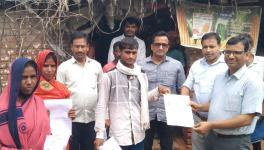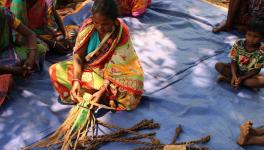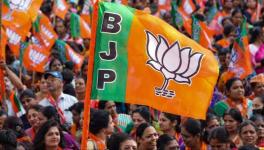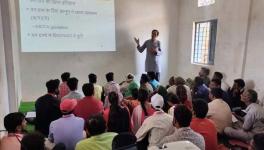Infant Mortality Rate: UP Records Highest Rate For SC at 57.8, Chhattisgarh at 41.6 for ST
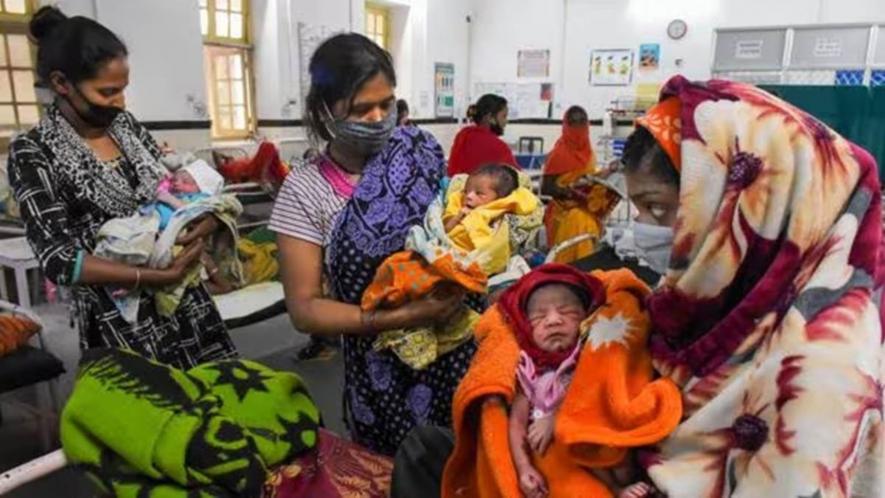
Representation. Image: PTI
On December 5, during the ongoing winter parliamentary session, Phulo Devi Netam raised questions regarding the performance of STs (Scheduled Tribes) and SCs (Scheduled Tribes) under various health indicators. The queries particularly concerned the infant and child mortality rates prevalent in the SC and ST community. Another question put forth by Phulo Devi further demanded information about the measures that the Government had taken to enhance the health condition of the poor and marginalized STs and SC.
Phulo Devi was elected as a member of the Rajya Sabha from Chhattisgarh as a member of the Indian Nation Congress in the year 2020. These questions were presented to Dr. Mansukh Mandaviya, currently serving as the minister of Health and Family Welfare and is a Rajya Sabha member from Gujarat.
Notably, infant mortality is the death of an infant before their first birthday, i.e. the infant mortality rate is the number of infant deaths for every 1,000 live births. As per the data provided, India stands at an infant mortality rate for SC community of 40.7. The highest infant mortality rate amongst the SC is in that state of Uttar Pradesh, presenting at a rate of 57.8. The data further shows the lowest infant mortality rate amongst the SC community to be in in Jammu and Kashmir with a rate of 13.8.
It is crucial to note that the data provided by the union is incomplete as information regarding 9 states, namely Arunachal Pradesh, Goa, Kerala, Manipur, Meghalaya, Mizoram, Nagaland, Sikkim and Tripura, was either is not available or had been taken in the form of an unweighted mean. Hence, the data provided in the response by the government could not be deemed to be accurate as the infant mortality rate for 9 out of 30 states is not accurate.
In regards to the infant mortality rate for STs, India’s rate is 41.6. The state of Chhattisgarh has a rate of infant mortality rate of 58, the highest amongst the ST community. On the other hand, the lowest infant mortality rate amongst the ST community was reported from the north-east state of Manipur, with a rate of 23.2. Similar as before, the said data on infant mortality rate for STs did not provide accurate information for a total of 14 states/Union Territories.
Data had also been provided on child mortality rate prevailing in both the SC and ST community. It is to be noted that child mortality is the death of a child before reaching the age of 5 years, i.e., the child mortality rate is the number of child deaths for every 1,000 live births. The data table provides that the child mortality rate for SC and ST stands at 8.6 and 9.0 respectively.
For child mortality rate for the SC community, the highest was 13.8 in the state of Jharkhand, while the lowest was the rate of 1.5 in West Bengal. Here too, the information regarding nine states was missing. It is important to point out that these nine states are the same states for which there is no information or inaccurate information regarding the infant mortality rate amongst the Scheduled Castes.
Based on the data, the highest child mortality rate amongst the Scheduled Tribes was in Madhya Pradesh at 13.9. Meanwhile, the lowest child mortality rate was in West Bengal with 0 deaths. Here, information regarding 13 states was not found.
The data provided in the response by the union government was based on the state-wise figures of NFHS-5 (2019-21).
The table is as follows:
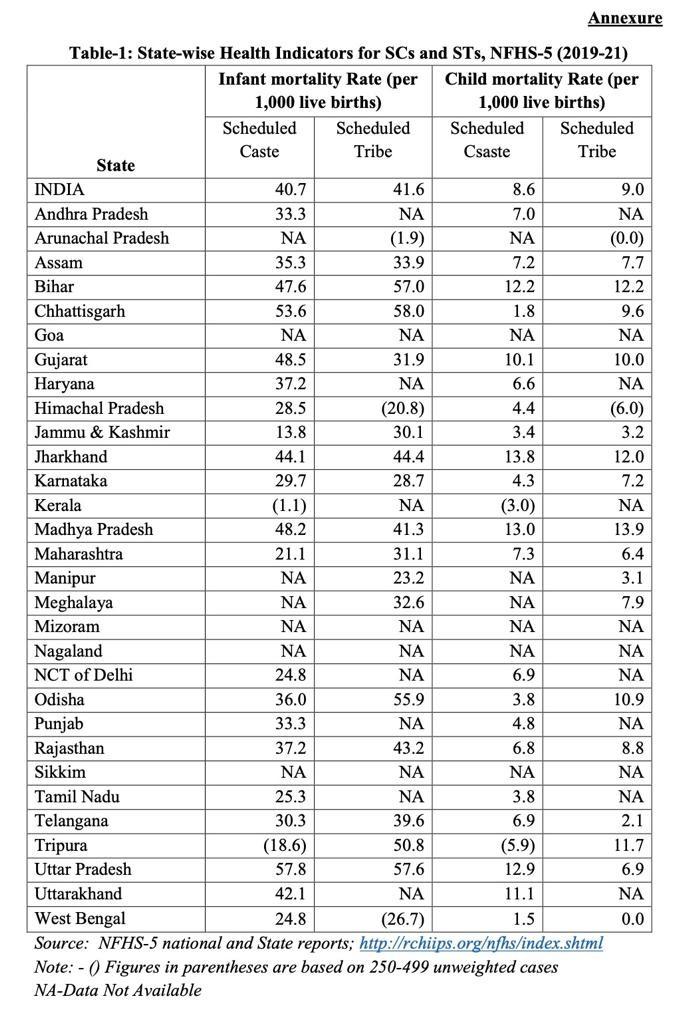
It can be deduced that while significant strides have been made through initiatives like the National Health Policy 2017 and the National Health Mission (NHM) to enhance accessibility, affordability, and quality healthcare for all, there remains considerable room for improvement for the SC and ST community. As highlighted above, gaps persist in achieving true universal health coverage and addressing the diverse needs of the population, particularly the marginalized and economically disadvantaged groups. Further concerted action and innovative strategies are essential to bridge these gaps and ensure that no individual faces financial hardship or exclusion from essential healthcare services. Continued commitment to the principles of equity, affordability, universality, and quality care, along with sustained collaborative efforts between the government, healthcare providers, and communities, will be pivotal in advancing towards comprehensive and inclusive healthcare for all.
The complete answer can be read here:
Get the latest reports & analysis with people's perspective on Protests, movements & deep analytical videos, discussions of the current affairs in your Telegram app. Subscribe to NewsClick's Telegram channel & get Real-Time updates on stories, as they get published on our website.










